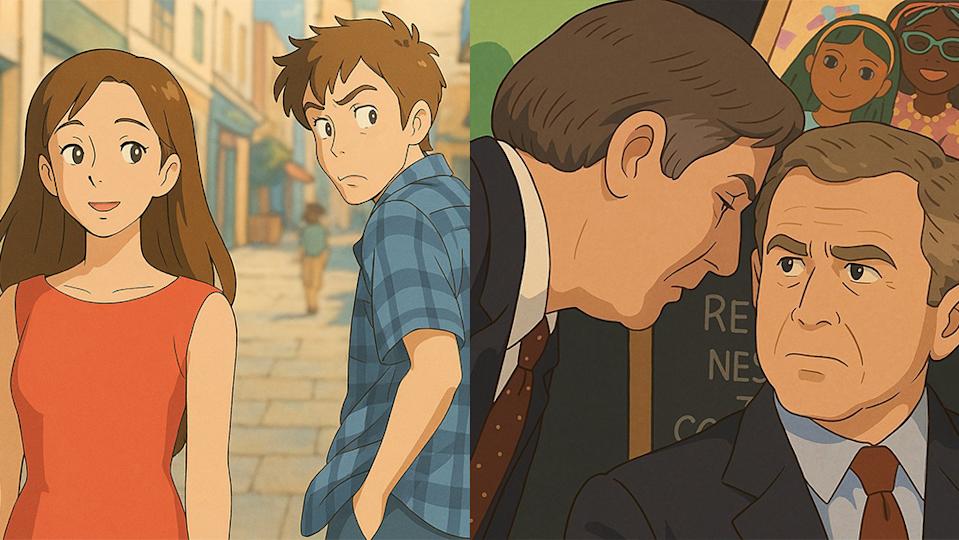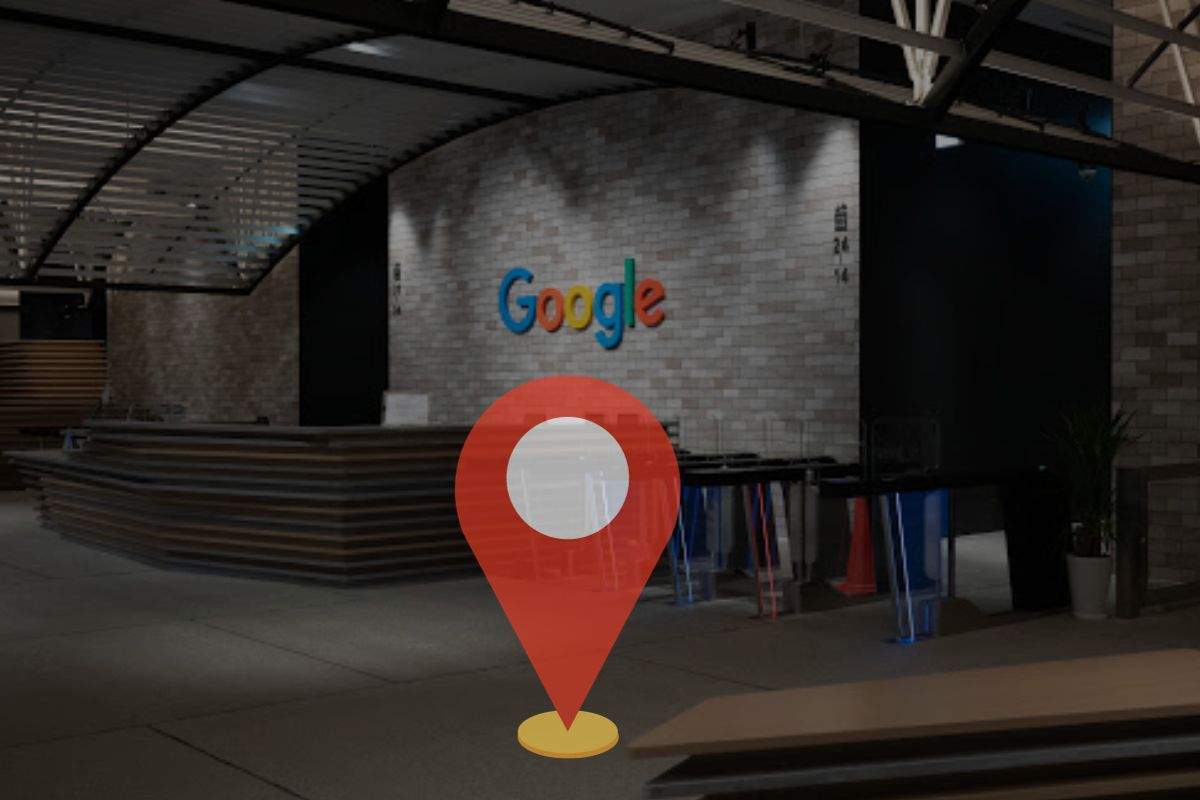The Studio Ghibli art style stands as a shining example of what animation can achieve, pulling viewers into its world with stunning visuals and heartfelt stories. Launched in 1985 by Hayao Miyazaki, Isao Takahata, and Toshio Suzuki, this Japanese studio has carved out a special place in film history. Known for its lush scenery and carefully crafted characters, Studio Ghibli mixes old-school methods with boundless creativity. This article breaks down the key pieces of the Studio Ghibli art style, its roots, and why it still grabs attention today.
What sets Studio Ghibli apart isn’t just its look—it’s the way it feels. Every film, from Spirited Away to My Neighbor Totoro, carries a sense of wonder and care that’s rare in modern animation. The studio’s commitment to its craft has built a legacy that artists and fans can’t get enough of. Let’s take a closer look at what makes this style so special.
What Defines the Studio Ghibli Art Style?
The Studio Ghibli art style has a look and feel all its own, thanks to a handful of standout traits. It’s a mix of skill, vision, and a love for the little things that make a big difference.
Hand-Drawn Animation at Its Finest
Studio Ghibli sticks to hand-drawn animation, a choice that gives its films a soul machines can’t replicate. Unlike studios leaning on computer graphics, Ghibli’s artists pour hours into every frame, making movies like Princess Mononoke feel alive and personal.
This hands-on approach shows in the tiny details—think blades of grass swaying in the wind or the way a character’s hair bounces as they run. It’s not just about looking good; it’s about making the story hit harder. The smooth, natural movements pull you in, whether it’s a quiet moment or a big action scene.
Even as technology marched on, Ghibli held tight to this method for years. It’s a big reason why their films have that warm, human touch—something fans point to when they talk about what makes Ghibli, well, Ghibli.
Vibrant and Evocative Color Palettes
Colors in Studio Ghibli films don’t just fill the screen—they tell the story. The bright greens of a forest in Totoro or the soft pinks of a sunrise in Kiki’s Delivery Service set the mood without a word.
The studio pulls a lot from nature, using earthy shades like blues, greens, and browns to ground their worlds. But they’re not afraid to punch things up with a bold red or dial it back with a gray wash when the moment calls for it. It’s all about matching the emotion on screen, whether it’s joy, tension, or calm.
This thoughtful use of color isn’t random—it’s a tool. A glowing sunset might signal hope, while a stormy sky hints at trouble ahead. It’s subtle, but it sticks with you long after the credits roll.
Backgrounds as Storytelling Tools
In Studio Ghibli films, the backgrounds aren’t just there to look pretty—they’re part of the story. Hand-painted with insane detail, these scenes pull you into sprawling forests, cozy towns, or strange, magical places like the bathhouse in Spirited Away.
What’s cool is how real yet dreamy they feel. A village might look like it’s straight out of old Japan, but then you spot a twist—like a floating castle or a spirit lurking in the trees. The artists layer everything just right, so your eye moves across the screen naturally, picking up on little hints about the world.
These backgrounds do more than set the stage. They show what the characters care about, like nature fighting back in Princess Mononoke, or they ramp up the mystery in a quiet, foggy shot. It’s art that works hard without showing off.
Influences Behind the Studio Ghibli Art Style
The Studio Ghibli art style pulls from a rich mix of ideas, blending Japan’s past with personal passions and a dash of outside flavor. It’s a recipe that’s kept it fresh for decades.
Japanese Art and Culture
Japan’s artistic history runs deep in Ghibli’s veins. Think of ukiyo-e prints or ink wash paintings—those clean lines and simple beauty show up in how Ghibli draws its worlds. It’s all about making a lot out of a little.
Nature’s a huge deal here, just like in old Japanese art. You see it in the way trees tower over characters or rivers wind through a scene—there’s a respect for the earth baked into every frame. Plus, the designs keep things minimal but meaningful, letting small touches carry big weight.
This tie to tradition gives Ghibli a grounded feel, even when the stories go wild. It’s a nod to the past that keeps the style timeless, not stuck.
Hayao Miyazaki’s Vision
Hayao Miyazaki, the studio’s driving force, stamps his personality all over the art style. He’s obsessed with flight, history, and the planet, and you can see it in every film he touches.
Take the machines—airships in Castle in the Sky or planes in The Wind Rises—they’re drawn with a geeky love for how things work. Then there’s the nature angle: huge, wild forests or rolling hills that scream “we need to protect this.” His ideas don’t just shape the story; they steer the whole look.
Miyazaki’s hands-on style pushes the team to sweat the details. He’s not just a director—he’s an artist who knows exactly what he wants every shot to say. That’s why Ghibli feels so personal.
Western Animation and Literature
Ghibli’s got Japanese roots, but it’s not afraid to borrow from the West. European fairy tales and early animation sneak into films like Howl’s Moving Castle, adding a playful, familiar vibe.
You can spot nods to Disney in the whimsy—like a walking castle or a flying witch—but Ghibli keeps it its own. It’s less about copying and more about mixing those influences into something new. The result? A style that feels global but still tied to its home turf.
This blend broadens the appeal. Kids and adults, East and West—they all find something to latch onto, whether it’s the look or the heart behind it.
Key Techniques in the Studio Ghibli Art Style
The Studio Ghibli art style isn’t just pretty—it’s built on smart, hands-on techniques that bring the vision to life. Here’s how they do it.
Cel Animation
Back in the day, Ghibli used cel animation—painting characters and objects on clear sheets, then layering them over backgrounds. It’s old-school, but it gave films like My Neighbor Totoro that crisp, vibrant look.
Each cel was hand-done, so the colors pop and the outlines stay sharp. It’s a slow process, but it pays off in how alive everything feels—like you could reach out and touch it. That classic method is a big part of Ghibli’s early charm.
Seamless Integration of Digital Tools
Later on, Ghibli started mixing in digital tricks, like in The Wind Rises. They didn’t ditch the hand-drawn stuff—they just used computers to smooth things out or add effects.
This shift kept the old vibe while speeding things up a bit. The result? Films that still feel like Ghibli but with a modern edge. It’s a balance that shows they’re not stuck in the past—they’re just picky about what changes.
Character Design with Personality
Ghibli’s characters aren’t just drawings—they’ve got soul. Look at Totoro’s big, cuddly shape or Chihiro’s wide, curious eyes in Spirited Away. Every line tells you who they are.
The faces do a lot of the heavy lifting—tiny shifts show fear, hope, or grit without overdoing it. And they’re not perfect—little quirks like messy hair or a slouch make them real. It’s design that pulls you in and keeps you rooting for them.
Why the Studio Ghibli Art Style Remains Timeless
The Studio Ghibli art style doesn’t fade because it’s got heart and staying power. It’s more than just a look—it’s a feeling that sticks around.
Fans love how it tackles big ideas—love, bravery, living with nature—in ways anyone can get. The hand-made quality hits a nostalgic sweet spot, even for people who didn’t grow up with it. And Ghibli’s stubborn focus on doing things right, not fast, keeps the quality sky-high.
It’s not chasing trends. That’s why a film from the ‘80s can still feel fresh today—it’s built to last, not to fit a moment. Every brushstroke proves it.
How to Appreciate the Studio Ghibli Art Style
Want to get the full Ghibli experience? Watch Spirited Away, Princess Mononoke, or Grave of the Fireflies. Notice how light plays off a leaf or how a character’s walk matches their mood—it’s all intentional.
For artists, Ghibli’s a goldmine. Try sketching a busy background or playing with colors to set a tone. It’s a style that rewards paying attention, whether you’re watching or creating.
Conclusion
The Studio Ghibli art style is animation at its best—hand-drawn, colorful, and packed with meaning. It’s a mix of skill, culture, and vision that’s kept it alive for years. Whether you’re new to Ghibli or a longtime fan, its films offer a visual treat that’s hard to beat. Pop one on, and let the magic of their art pull you in!










